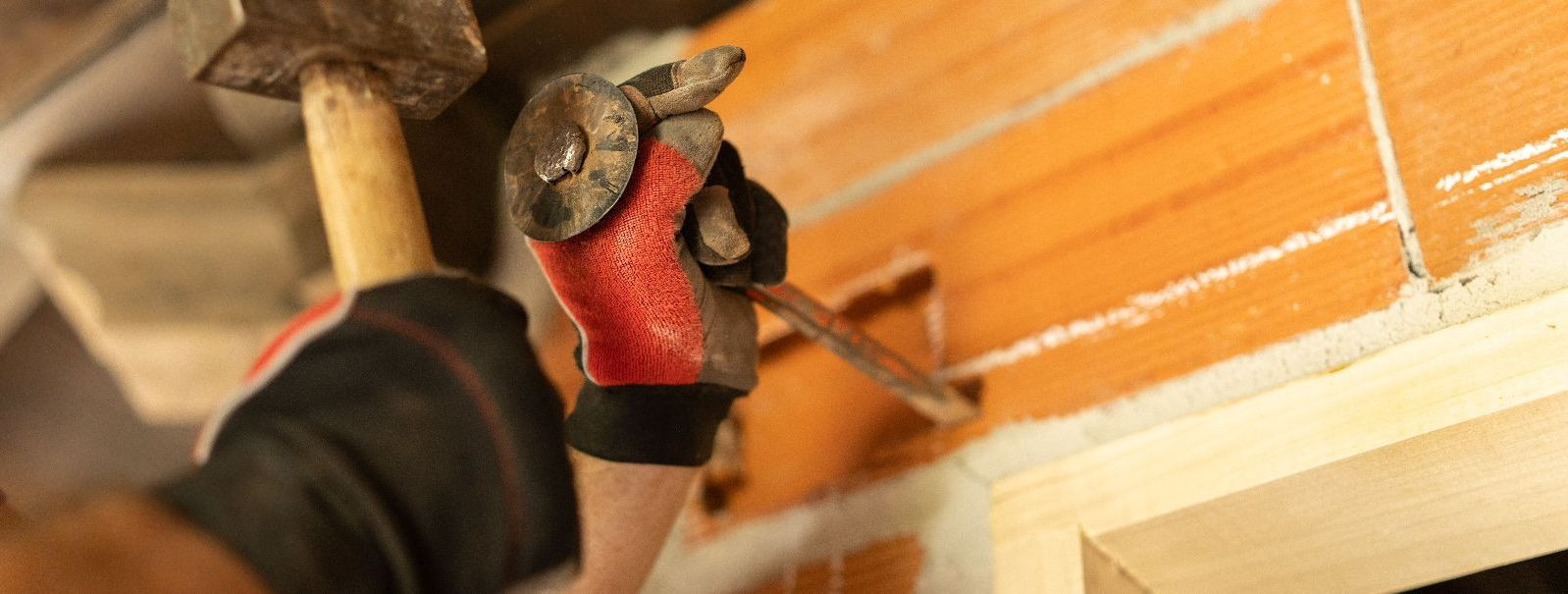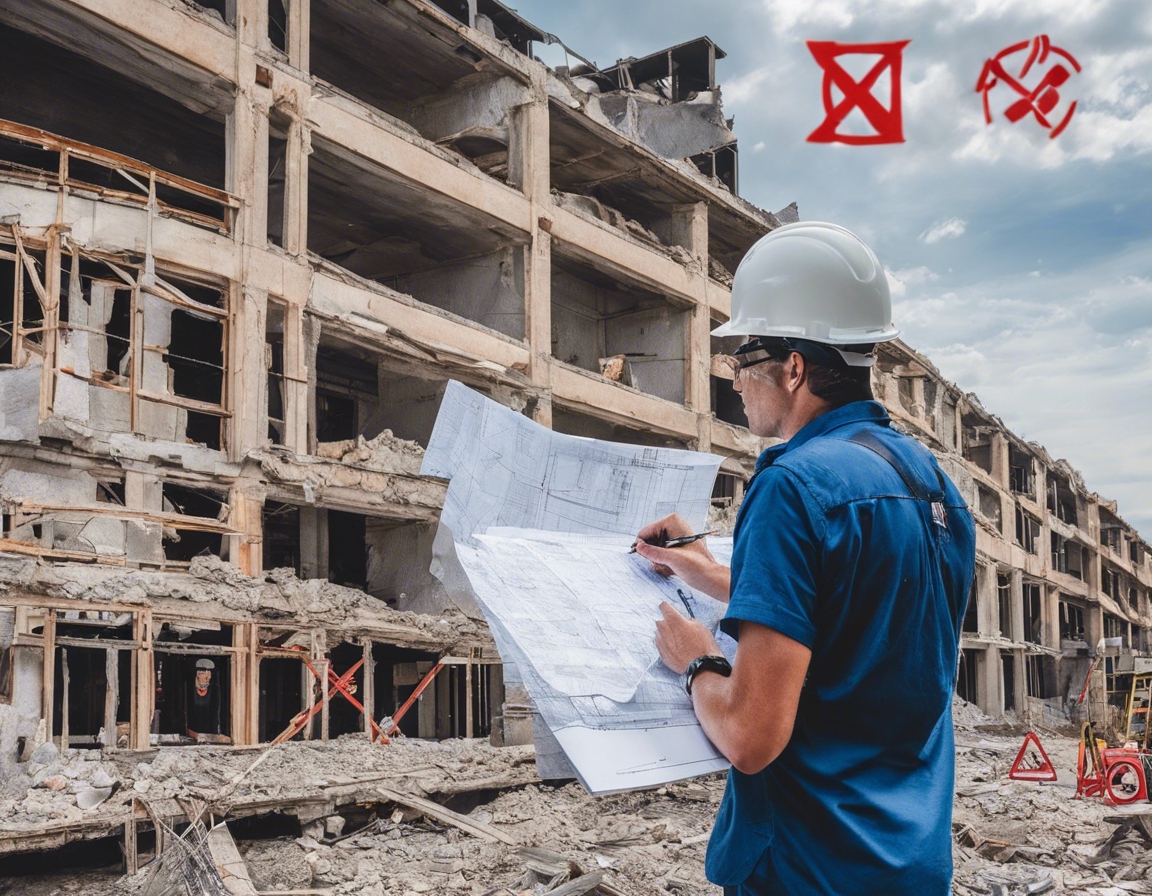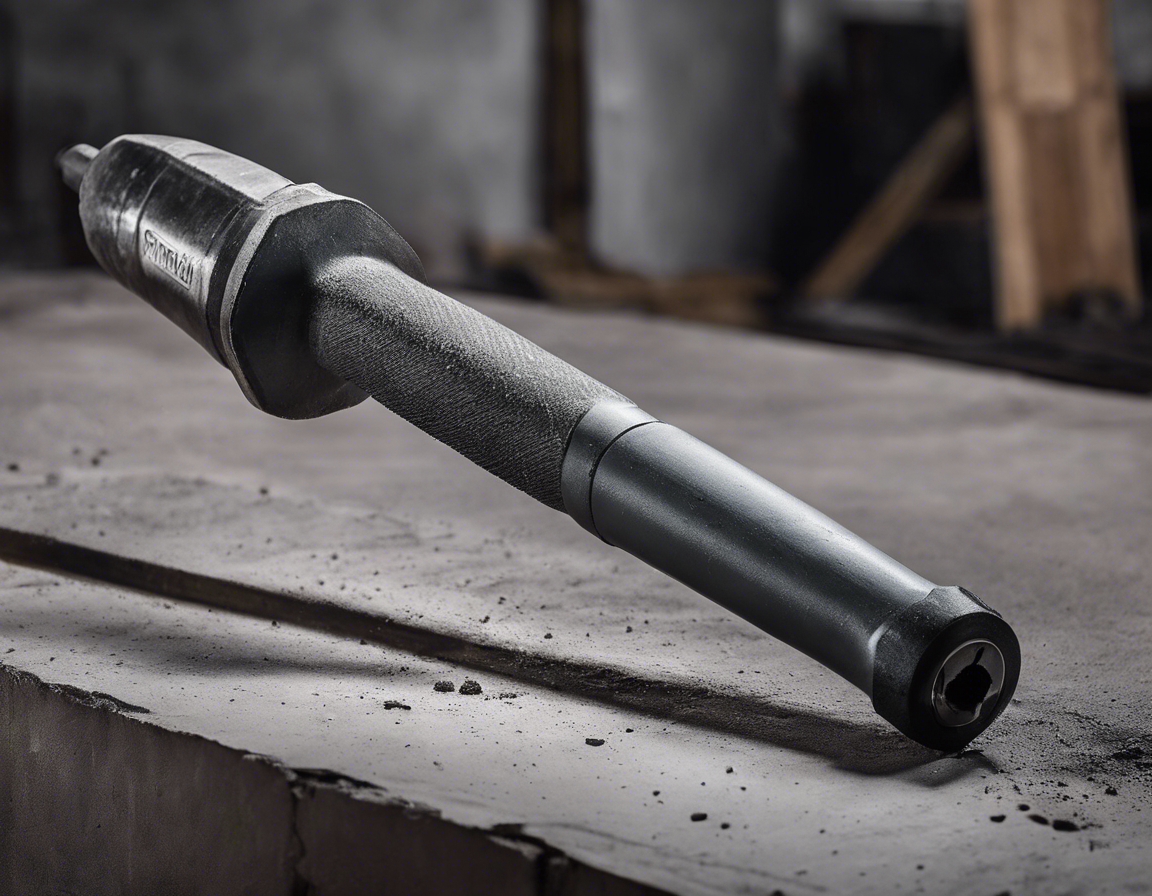Top 5 considerations for safe demolition
Demolition is a critical component in the cycle of urban development and renewal. However, it is a complex and potentially dangerous process that requires meticulous planning and execution. Ensuring safety during demolition protects workers, the public, and the environment. In this post, we will explore the top five considerations for conducting a safe demolition project.
1. Planning and Risk Assessment
Before any demolition activity begins, a thorough survey of the structure and its surroundings is essential. This includes assessing the building's materials, stability, and the presence of any hazardous substances such as asbestos or lead.
Identifying potential risks early on can prevent accidents and injuries. Hazards can range from structural weaknesses to environmental risks and must be addressed in the demolition plan.
A detailed demolition plan outlines the method of demolition, the equipment to be used, and the sequence of work. This plan is crucial for coordinating the demolition process and ensuring safety at every step.
2. Regulatory Compliance and Permits
Demolition work is heavily regulated, and it is imperative to understand and comply with all local, state, and federal regulations. This includes noise, dust, and vibration controls, as well as health and safety standards.
Securing the appropriate permits is not only a legal requirement but also an opportunity to review the demolition plan with local authorities, ensuring all safety concerns are addressed.
Workers involved in demolition must be properly trained and certified. This ensures they have the knowledge and skills to perform their tasks safely and effectively.
3. Use of Proper Equipment and Technology
Choosing the correct equipment for the job is essential for both efficiency and safety. The machinery must be suitable for the specific requirements of the project and be in good working order.
Advancements in demolition technology, such as remote-controlled equipment and precision demolition techniques, can greatly enhance safety by reducing the need for manual labor in hazardous conditions.
Regular maintenance and safety checks of equipment are vital to prevent malfunctions that could lead to accidents. A strict maintenance schedule should be adhered to without exception.
4. Safety Protocols and Training
Effective safety measures, including barriers, signage, and personal protective equipment (PPE), are essential to protect workers and the public during demolition activities.
Comprehensive safety training for all personnel involved in the demolition process is crucial. This training should cover the specific hazards of demolition work and how to mitigate them.
Having an emergency response plan in place is critical. This includes procedures for evacuation, medical emergencies, and communication protocols in the event of an accident.
5. Environmental Protection and Waste Management
Demolition projects should be carried out with consideration for the surrounding environment. This includes measures to control dust, noise, and other pollutants.
Hazardous materials must be identified and disposed of according to strict regulations to prevent environmental contamination and health risks.
Maximizing the recycling and reuse of demolition materials not only reduces waste but also conserves resources and can be cost-effective.






Comments (0)